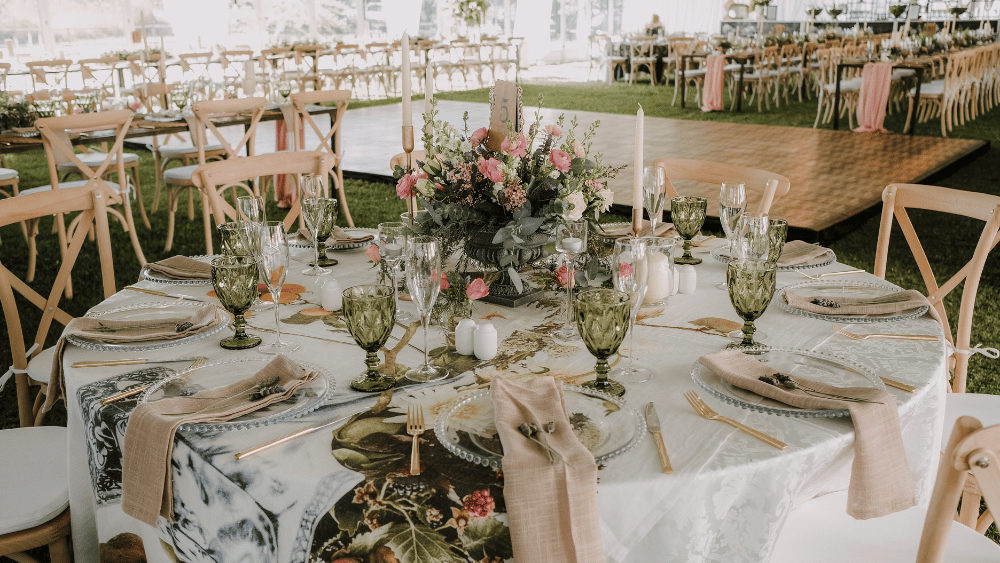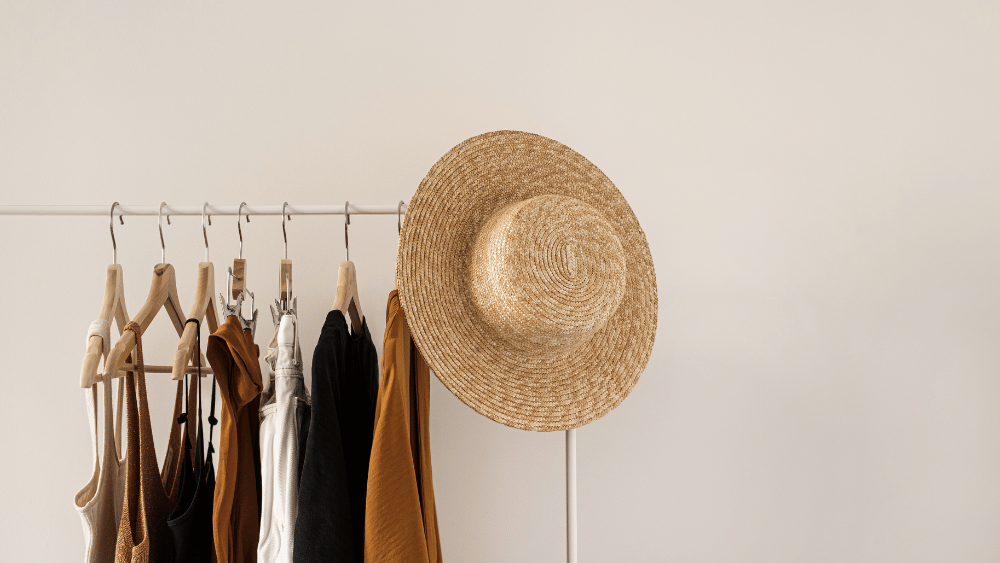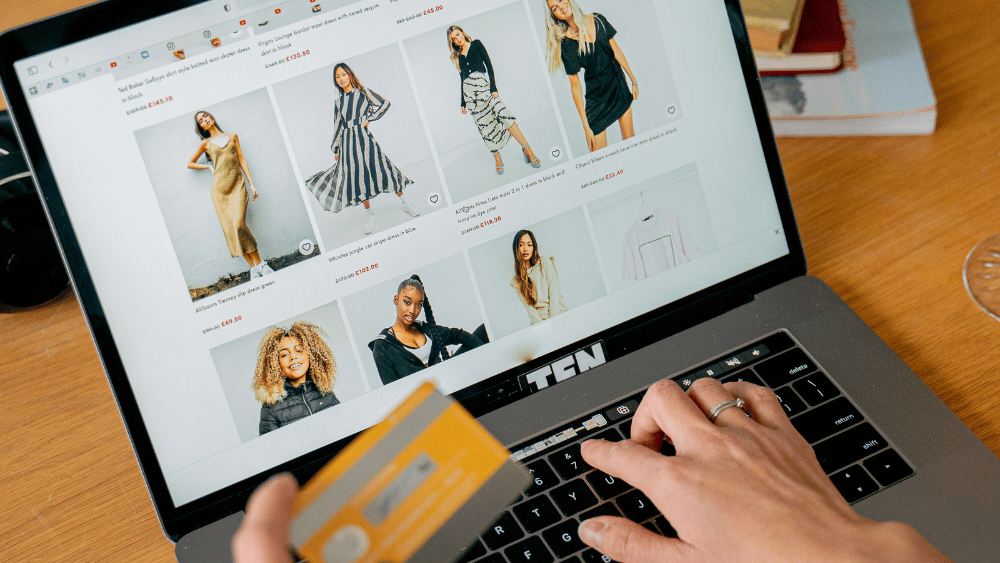In today’s increasingly digital world, events have transcended traditional in-person gatherings to embrace the virtual realm. From business conferences and webinars to social gatherings like weddings, birthday parties, and even fashion shows, online events have become the norm. But just because an event is online doesn’t mean you should skimp on style. In fact, looking your best in a virtual setting requires careful consideration of factors that go beyond simply picking out a nice outfit.
In this comprehensive guide, we’ll walk you through everything you need to know to master the art of online event styling. Whether you’re attending a formal event, a casual virtual gathering, or a professional meeting, these tips will ensure that you not only look great but also feel confident and comfortable in front of the camera.
1. Understanding the Virtual Setting
Online events differ significantly from in-person ones, particularly when it comes to how you present yourself. The camera, lighting, and even your background all play a crucial role in how you’re perceived.
Camera Considerations:
Your camera is your lens to the world. Unlike in-person events, where your entire outfit might be seen at once, online events usually focus on your upper body, especially your face. This means that your makeup, hair, and upper attire take center stage. Make sure your camera is at eye level, as an upward or downward angle can distort your appearance.
Lighting:
Good lighting can make all the difference in how you appear on camera. Natural light is always the best option, so position yourself near a window if possible. If natural light isn’t available, consider investing in a ring light or a softbox to provide even, flattering light that enhances your features. Avoid harsh overhead lighting, which can cast unflattering shadows.
Background:
Your background should be clean, tidy, and free of distractions. A neutral-colored wall, a bookshelf, or a stylishly arranged space can serve as the perfect backdrop. Avoid busy or cluttered backgrounds that can detract from your appearance.
2. Choosing the Right Outfit
When selecting an outfit for an online event, keep in mind that the camera doesn’t capture textures and colors the same way the human eye does. Here’s how to choose an outfit that will shine on screen:
Color Choices:
Solid colors work best on camera, as patterns can sometimes create a distracting visual effect known as moiré. Bright, bold colors like royal blue, emerald green, or deep red can help you stand out, while neutral tones like beige, gray, and navy blue provide a polished, professional look. Avoid overly bright colors like neon, which can be harsh on camera, as well as all-white or all-black outfits, which can wash you out or blend into the background.
Texture and Fabric:
Choose fabrics that have a slight sheen or texture, like silk, satin, or fine knitwear. These materials reflect light well and add depth to your appearance. Avoid overly shiny fabrics like sequins or metallics, which can cause glare on camera.
Fit and Comfort:
While your outfit should be stylish, it’s equally important that it’s comfortable. You’ll likely be sitting for an extended period, so opt for clothing that allows you to move freely without feeling constricted. Blazers, blouses, and well-fitted tops are great choices, as they look polished but don’t sacrifice comfort.
Accessories:
Accessories can add a touch of personality to your outfit, but be mindful of how they appear on camera. Simple, elegant jewelry works best—think stud earrings, a delicate necklace, or a sleek watch. Avoid large, dangling earrings or noisy bracelets that can be distracting. Scarves and ties can also add a pop of color and style, but ensure they complement your outfit and don’t overpower it.
3. Makeup and Hair for the Camera
Your makeup and hair are just as important as your outfit when it comes to online event styling. Here’s how to ensure they enhance your appearance on camera:
Makeup:
Online events require makeup that’s a bit more pronounced than what you might wear in person. This is because the camera can wash out colors, making your features appear less defined. Focus on a clean, well-prepared base with foundation and concealer to even out your skin tone. Add definition with contouring and blush to prevent your face from appearing flat.
For the eyes, opt for neutral tones with a touch of shimmer to make them pop. A well-defined eyeliner and mascara will help your eyes stand out, but avoid overly heavy makeup that can look harsh on camera. Finish with a bold lip color that complements your outfit—this will help draw attention to your face and create a focal point.
Hair:
Your hairstyle should complement your outfit and makeup. Opt for a style that’s neat and polished, whether it’s a sleek ponytail, loose waves, or a classic updo. Make sure your hair is well-groomed and free of flyaways, as these can be distracting on camera. A light hairspray or serum can help keep everything in place.
4. Technical Considerations
Beyond your appearance, there are technical aspects to consider when preparing for an online event:
Audio Quality:
Clear audio is just as important as how you look. Use a good-quality microphone or headset to ensure your voice is heard clearly without background noise. Test your audio setup before the event to avoid any last-minute issues.
Internet Connection:
A stable internet connection is crucial for a seamless online event experience. Make sure your connection is strong, and consider using an Ethernet cable for a more reliable connection than Wi-Fi.
Platform Familiarity:
Familiarize yourself with the platform being used for the event, whether it’s Zoom, Microsoft Teams, Google Meet, or another service. Knowing how to use the platform’s features, such as muting/unmuting, screen sharing, and chat functions, will help you navigate the event smoothly.
5. Etiquette for Online Events
Even in a virtual setting, good etiquette goes a long way. Here are some tips to ensure you present yourself professionally:
Be on Time:
Punctuality is important for any event, online or offline. Log in a few minutes early to ensure everything is working correctly and to avoid any technical difficulties.
Body Language:
Your body language still matters in a virtual setting. Sit up straight, maintain eye contact with the camera, and avoid fidgeting. Nodding occasionally shows you’re engaged and listening.
Mute When Not Speaking:
To avoid background noise and interruptions, keep yourself muted when you’re not speaking. This shows respect for other participants and helps maintain a professional atmosphere.
Engage with the Event:
Participate actively by asking questions, providing feedback, or engaging in discussions. This shows you’re interested and invested in the event.
6. Practice Makes Perfect
Finally, practice is key to mastering online event styling. Try out your outfit, makeup, and hair on camera before the event to see how they look. Make adjustments as needed, and do a few trial runs to get comfortable with your setup. The more you practice, the more confident you’ll feel when it’s time for the event.
Conclusion
Online event styling is an essential skill in today’s digital world. By understanding the nuances of virtual settings, choosing the right outfit, perfecting your makeup and hair, and considering technical aspects, you can ensure you look and feel your best at any online event. Remember, confidence is your best accessory—when you feel good about your appearance, it shows.
Whether you’re attending a professional meeting, a social gathering, or any other virtual event, these tips will help you stand out and make a lasting impression. Happy styling!




